Everything has its start somewhere. In this chapter of our Development Diary, we take a look at how the idea of creating “Klotzen! Panzer Battles” had been shaping up and came to life. Our studio head, Zoran Stanic, has a lot to share! Hold tight! This is going to be an interesting ride!
It is difficult to point out when or how my love for studying warfare started. I was interested in warfare from the earliest age. I used to watch old Partisan vs Nazis movies and then replayed them with my friends. I remember my first book around 1985 – „Large naval battles and operations through the history“. It was a wonderful book – large and heavy, probably 1.5 kg, with expensive glossy paper and lots of illustrations. I used to read about Salamis, Pacific battles, Nelson. I still use Nelson as a nickname sometimes when playing online. I also remember a photo of a bow of the light cruiser Helena just before sinking.
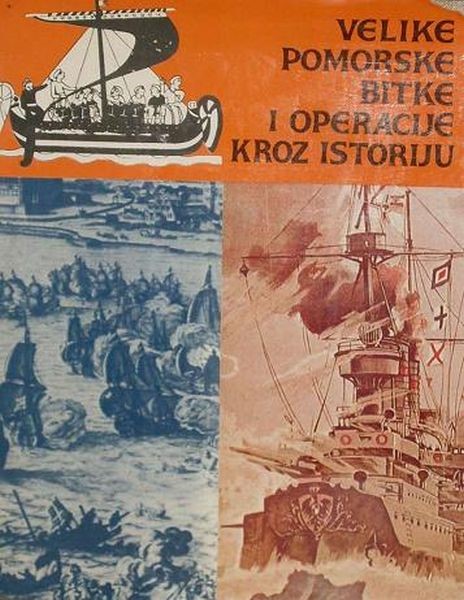
Since then, my interest in warfare only grew. Later on, I switched from ships to planes. First books, then modeling, then watching Top Gun of course, then flying gliders…
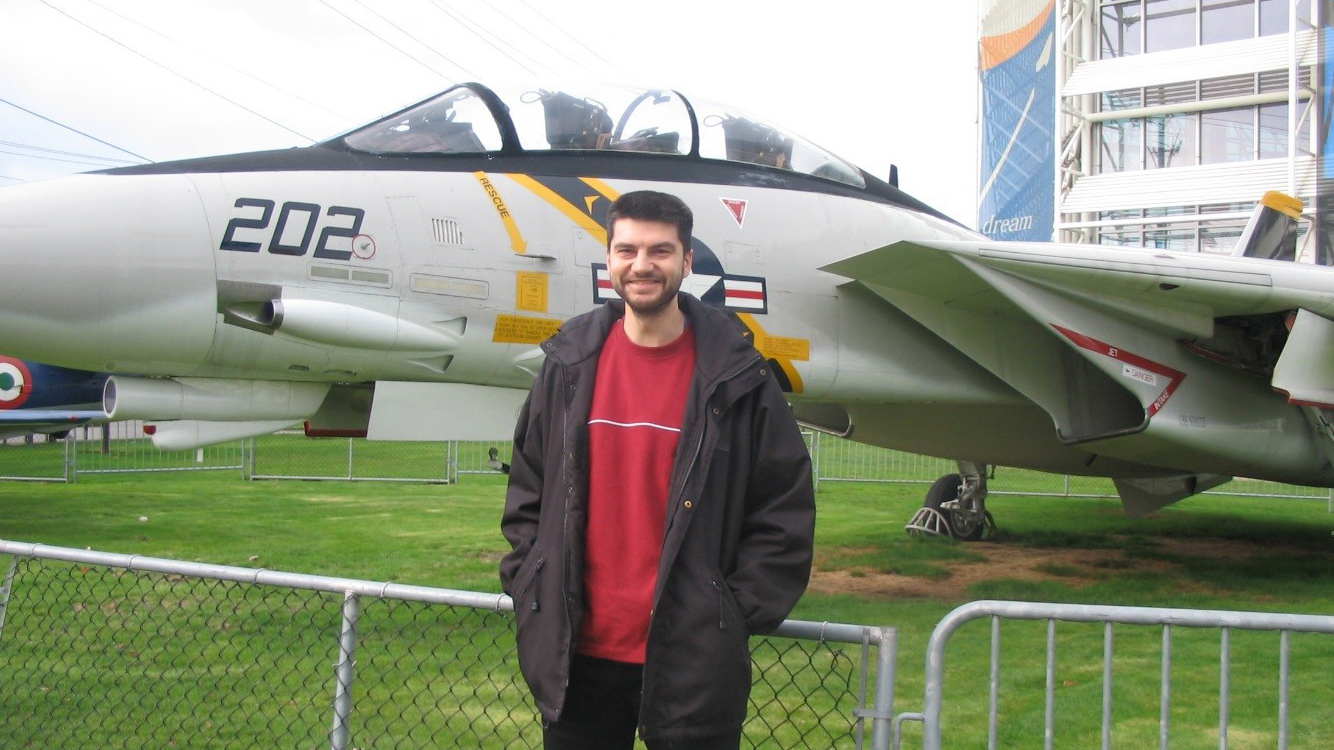
Standing next to F-14 Tomcat fighter from the film “Top Gun”. Closest you get to a dream. Close enough for me. Almost. Sigh.
The next steps were playing video games on Commodore 64, „Defender of the crown“, „Reach for the stars“, and personal favorite „Storm across Europe“. Looking back, I still can’t believe how much people could cram into 64 KB of RAM. “Pirates”. ”Elite”. I am so sad ”Civilization” couldn’t fit to C64, but my brother and I had our fun.
I went searching for the secrets of the Universe by studying physics, came close, and moved on to the PC games. I played everything I could get my hands on – which wasn’t much – and so somewhere around 1998 (when I got my first PC) I have discovered Panzer General. Since Klotzen draws very much from this game, I’ll lay out what makes it one of the best games ever IMO.
- Ease of play – it’s incredible how intuitive are the commands. You can start playing immediately and control lots of units without ever becoming overwhelmed. And you feel like a capable general all the time!
- Depth of game rules – it is impressive how the developers managed to capture the essence of so many WW2 nuances with so simple rules – entrenchment, artillery fire, suppression, initiative, you name it…
- Combined arms – in order to win you had to work different types of units together, which is the essence of WW2 tactics.
- Historical accuracy – I was surprised to lose the „Low countries“ map quite a few times. Then, I tried it through the Ardennes – the same trick the Germans used – and got a quick victory. No, I didn’t stop short of Dunkirk!
At that time, I was traveling a lot and working hard, so after long shifts, I only had the energy for lying in bed and playing simple games. Panzer General was often a game of choice. On one of the business trips, I bought a book by Heinz Guderian originally called “Memoirs of a soldier“ but sold under a more moneymaking name of „Panzer Leader“.
Reading a book by the creator of Blitzkrieg was a fantastic experience, and lots of ideas for Klotzen – including the name – came from there. So there I was, playing Panzer General now and then. I knew almost the exact distribution of enemy units in most maps and was getting bored. I wanted more of the same, and the world wasn’t delivering.
Also, there was something I wanted done differently – much greater role of planes, the influence of skillful commanders, more maps, more alternative history. Also, AI was far too passive, and I wanted an opponent that could bite. But by far, my greatest problem with Panzer General was supply. According to Guderian, the whole point of the Blitzkrieg was to avoid needless bloodshed. He had fought in the WWI and was determined, along with all the others that experienced the trench meatgrinder, that this should not happen again. So, he devised a revolutionary tactic aimed at cutting armies’ ability to fight and leaving the soldiers alive – the Blitzkrieg. In it, concentrated tank units were tasked with getting behind enemy lines and cutting off enemy supply, thus preventing the enemy from fighting. This worked perfectly in Poland and France until other nations also started using it.
I wanted my game to show this strangling of enemy supply sources, the very essence of the Blitzkrieg. So around 2015, I started working on an unnamed Klotzen predecessor…
This is it for the first part! See you in part number 2 in the coming weeks.
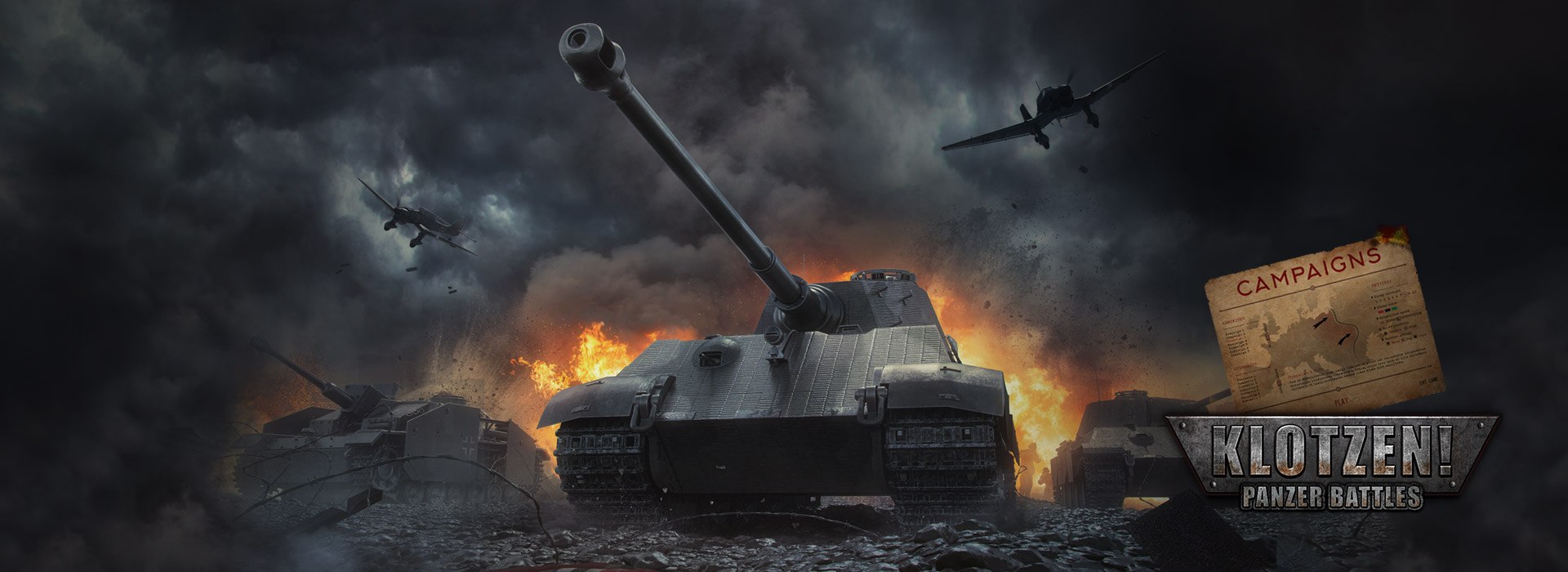
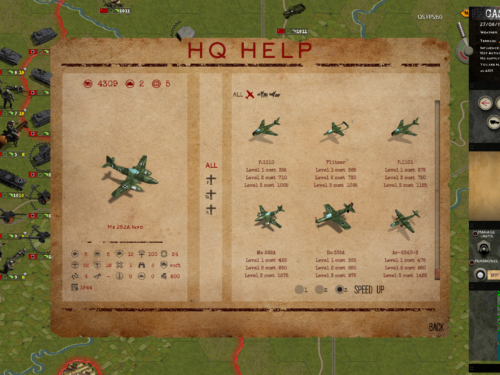
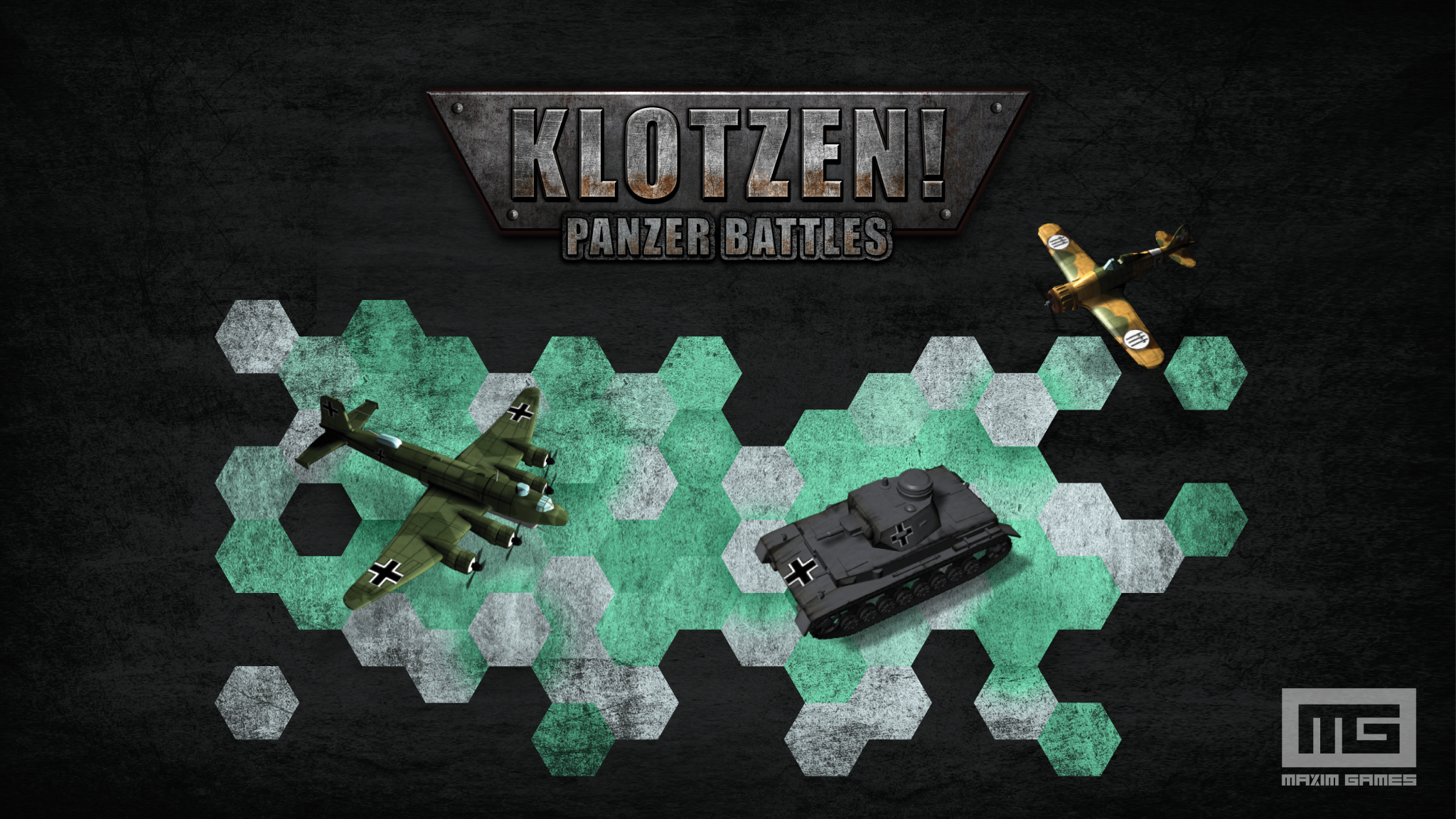
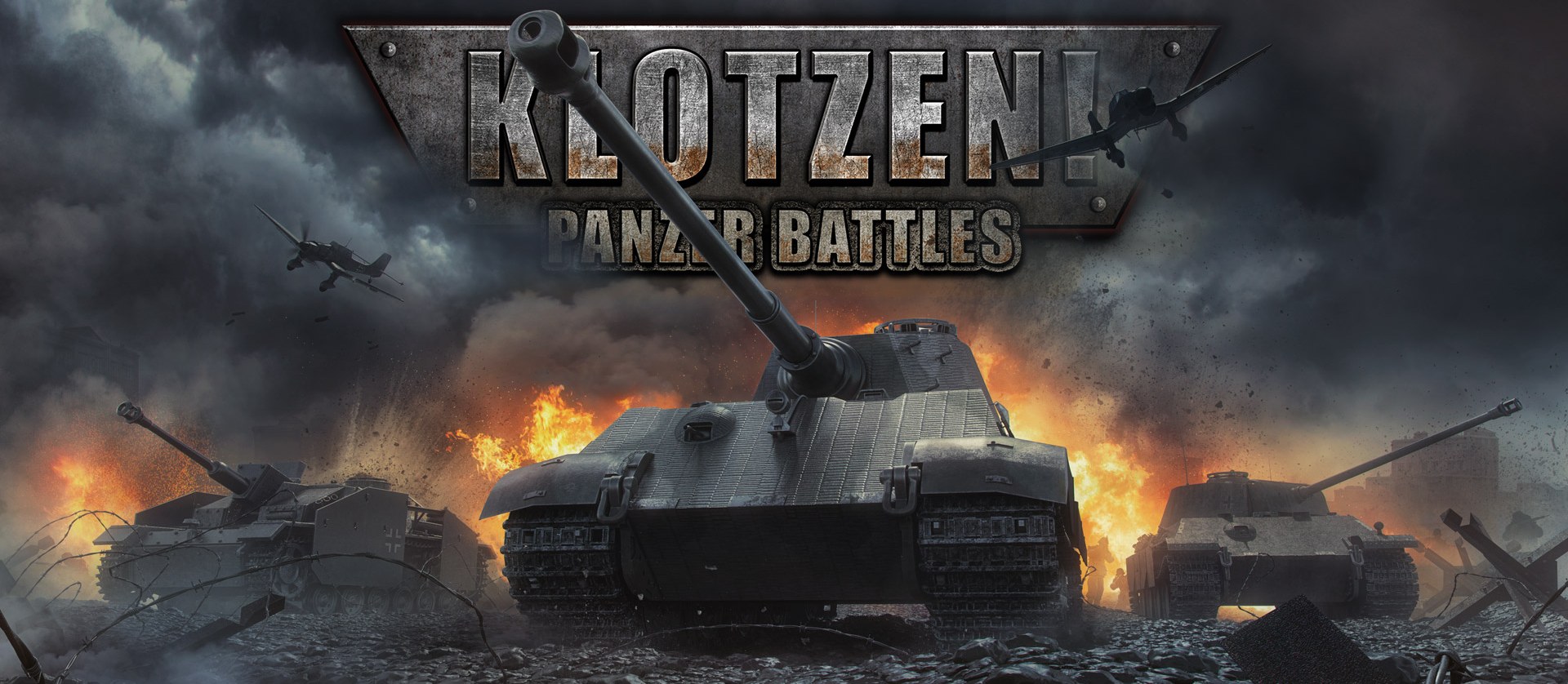
Recent Comments